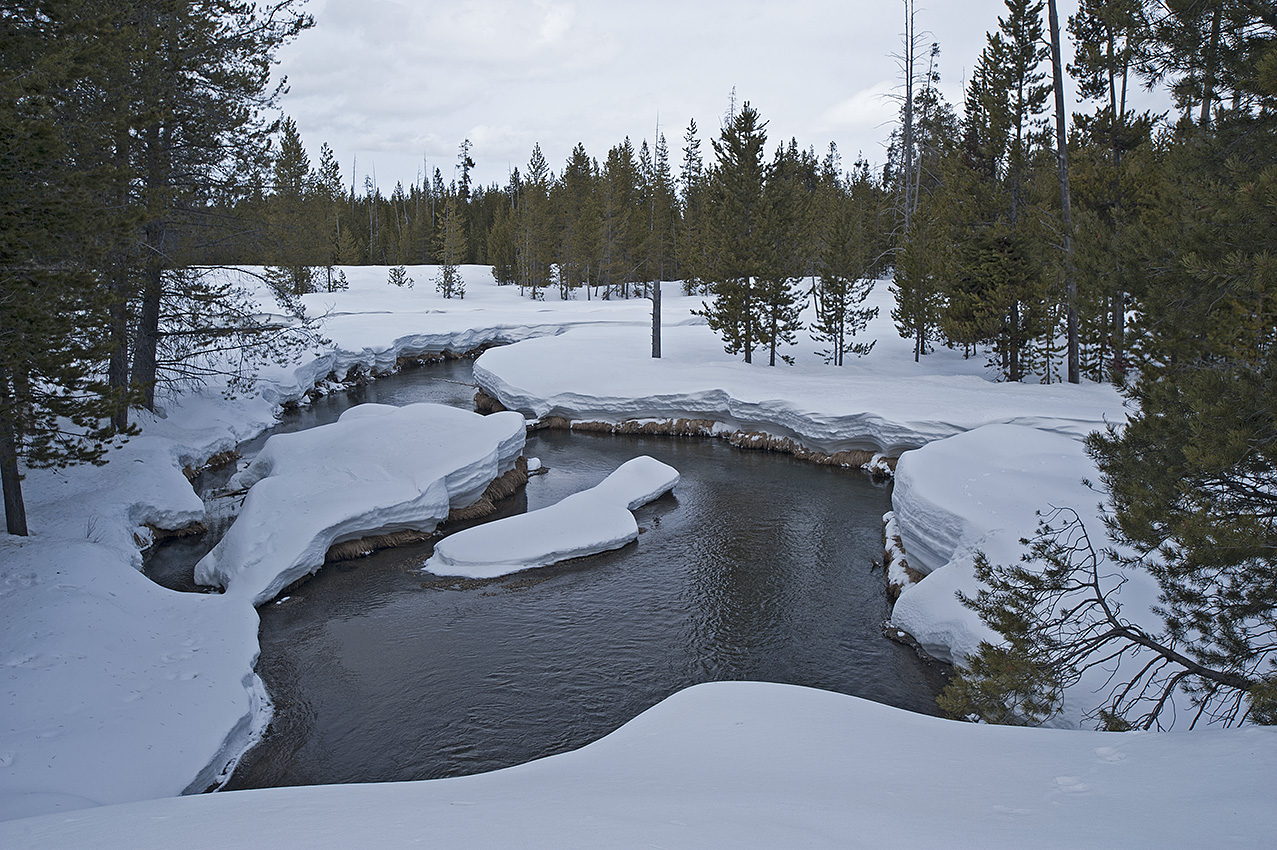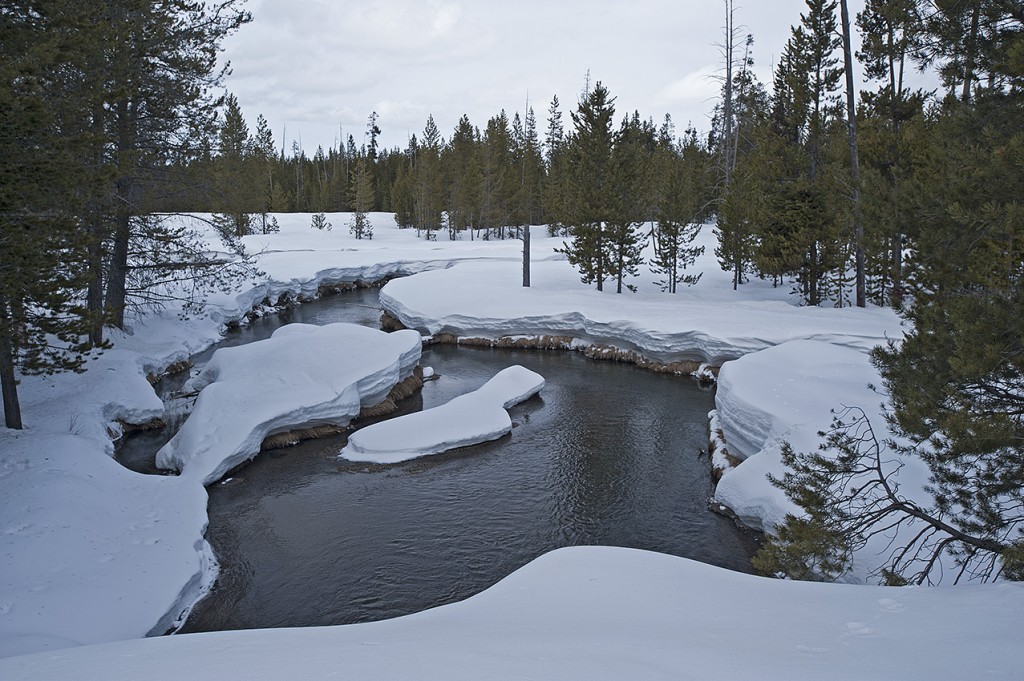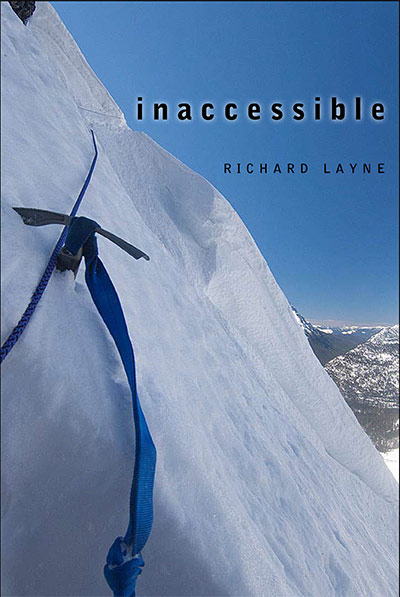

Winter Continental Divide Trip 2014
You got to know when to hold em know when to fold em know when to walk away
know when to run
You never count your money when you’re sitting at the table
there’ll be time enough for counting when the dealing is done
now every gambler knows the secret to surviving
is knowing what to throw away and knowing what to keep
cause every hand’s a winner and every hand’s a loser
and the best you can hope for is to die in your sleep.
The Gambler
Sung by Kenny Rogers
The sore ligament on the inner side of the left knee announced its existence on the third afternoon with just a touch of soreness. By 5 PM of the fourth day, and now on the Continental Divide Trail for 24 hours, the pain had increased sharply. Alarmed, as I built camp, my doubts began to gnaw at me concerning my ability to continue the trip. A mental shrug. The following morning would be the time to consider this train of thought. For now, it was enough to get the camp properly built in the semi powder on the 6-foot deep snowpack. Tonight was going to be chilly again, this time with a brisk wind.
I slept fitfully through the night. Depending upon which shoulder I lay on, that particular hand and arm would grow numb and painful. For the first time on this trip, lying flat was painful to the small of my back. At 2:30 AM, with 5 ½ hours of sleep, I gave up and crawled halfway out of the sleeping bag, up for the day. With the first flex of the left leg I let out a gasp, as pain shot out from the knee joint. I was still unsure of what would come of this. After several moments, the pain subsided and I went to work on erecting my camp chair.
After daylight, with my outer clothing on and my gear ready for the backpack, I crawled out of the tent, stood up, took two steps, and with the painful jabbing in my knee, I knew I was finished and dropped back into the tent. Bob Stantus of Island Park, Idaho and president of the Fugowee Snowmobile Club, was already aware of the trouble with my left knee, and was standing by to extract me. I sent him the message with my satellite connected personal locator device. At 1:48 PM, he and one other rescuer arrived. The Continental Divide winter trip of 2014 along the Montana and Idaho border was over.
While waiting for my rescuers I contemplated the future of the Continental Divide winter trip to the Canadian border. No, I was not done, or maybe I was and was unaware of it. What was certain, I would first have to heal up that knee, which hopefully I had not damaged, but only strained. I also knew I would be unable to approach the trip in the same preparatory manner that I had leading up to the winter of 2014. My lack of physical preparation was the main reason my left knee was in trouble. I had spent thousands of dollars preparing the food, replacing equipment and scouting the route through the summer and autumn of 2013. What I failed to do, something years of experience made clear, and was critical to any winter expedition trip, was proper physical preparation. Two months of exercise combined with the lackadaisical exercising of several other months did not cut the mustard. My body needed an approximate period of one year of strength and endurance training, starting with two hours on Mount Helena of ascending and descending at least 2000 feet per day. My knee had collapsed under the strain of traveling for only a few hours while carrying approximately 70 pounds. In Glacier National Park three years earlier, during the March trip, my load had been over 90 pounds. I had traveled 19 miles in four days and ascended 3200 feet. Then I exited in three days. It was a normal load for this type of trip, replaced two trips later by over 100 pounds of pack weight. Clearly, I was not in the same physical condition in the snowpack around Yellowstone National Park in 2014.
Now 62 years old, and according to some, in denial about my capacity to travel with a winter expedition load, I am nevertheless aware that people 60 to 80 years old, have with proper preparation, ascended Mount Everest. Considering what happens to the body at those high altitudes, this is an incredible testimony of what the body is capable of, if properly prepared. I failed to do that.
Sitting on the backpack waiting for Bob and Dan, I realized that the training for the continuation of the winter trip along the Continental Divide in 2015 had to begin now. There was only 11 months remaining before the trip would begin. For this reason, the two failed trips in February and March 2014 were themselves not losses but wake up calls about the preparation required to complete this project. In short, back off, alter the route through preparations, and return in February or March 2015. Because like the gambler said…


So sorry! I’m betting you will do this one day, however. No doubt in my mind about that.
Plenty of hard work ahead, at a level I was supposed to do throughout last year. Among other distractions was the one where I secretly refused to take the area around Yellowstone National Park seriously. I do now, and though today I am unable to climb in the 2000-foot regimen, since last Wednesday I have over 10,000 feet of ascending/descending behind me, coupled to nearly nine hours of exercise. Only 10 to 11 months to go. Thanks Pat for your confidence in me.
No try-alter the route and keep going.
Hi Richard, So sorry to learn of your injury/setback. Sometimes stuff just happens. I’m glad you have a recovery plan and I look forward to following your next expedition.